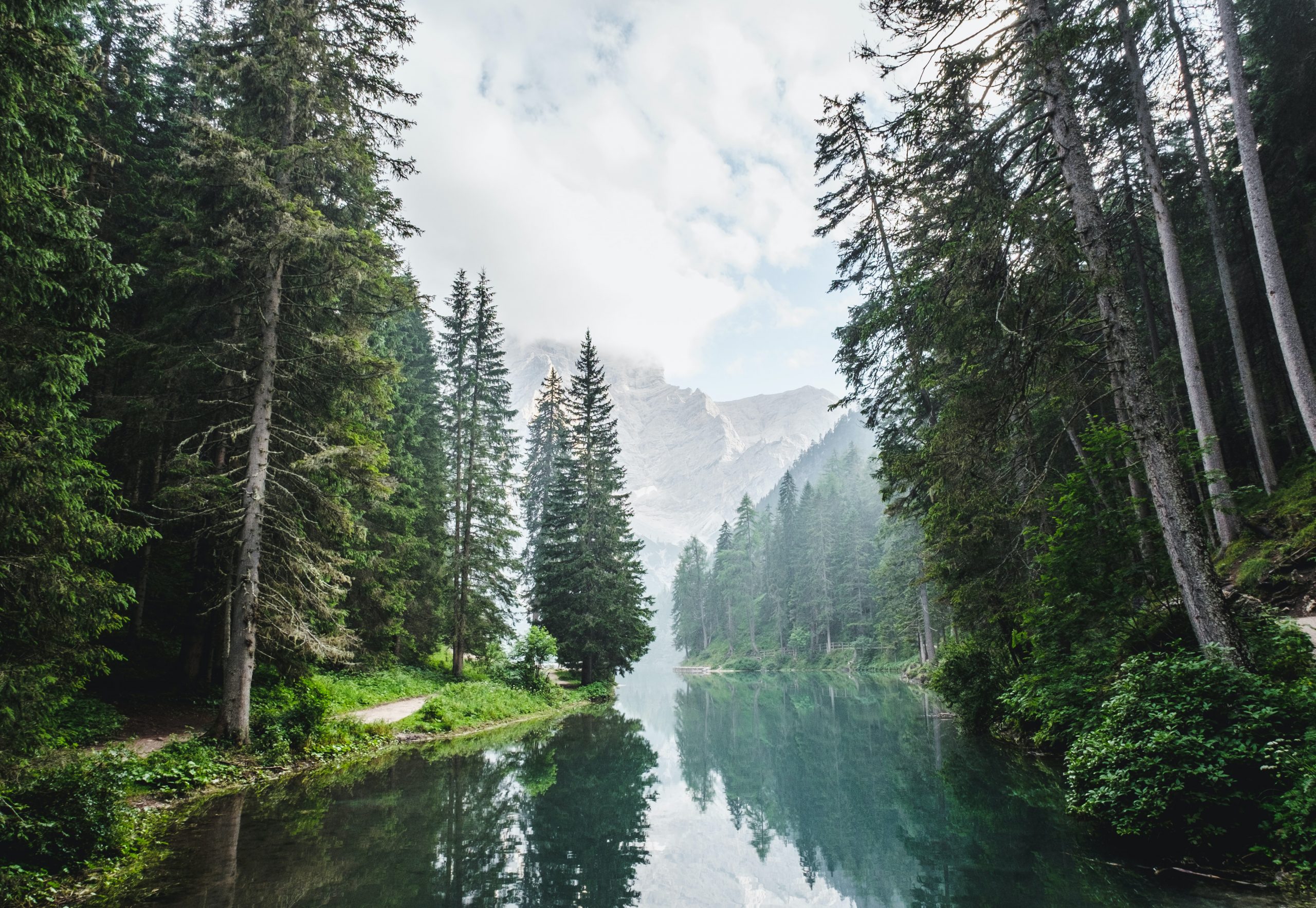
In a new, companion article to his podcast for the ESG Foundation ecologist Dr Chris Gibson challenges the conventional assumptions that planting trees is the best way to save the planet.
Climate Crisis? Biodiversity Collapse? Extinction threatening us all? No problem – just plant trees. At least according to the received wisdom…
Yes, of course a growing tree will absorb carbon dioxide. And it will (probably, depending on what and where it is) support wildlife. But restoring habitats, whether it be peat bogs or salt marshes, grasslands or indeed forests, can do a whole lot more, both for carbon sequestration and for biodiversity.
So why the obsession with tree planting? It is the ‘easy’ solution, can be done almost anywhere, with plenty of potential for publicity: shiny spade, hard hat and hi-vis jacket – the preferred articles from the dressing-up box of many a populist politician.
And with, according to popular belief, no downsides. “Trees are good”. One of many cases where popular belief is wrong (as contrasted with expert evidence). The right tree in the right place might be good, but the right place is not an area of open grassland, heathland, wetland or brownfield that supports an array of light-loving wildlife which will be excluded (killed!) by overshading. Well-meaning but misguided attempts to tackle one existential crisis – climate collapse – must not exacerbate the other, arguably more proximal, existential crisis – biodiversity loss and extinction.
So the first big question is whether trees are good in the first place.
And then there is the P word – ‘planting’. Why, oh why do trees have to be planted by humans when Nature will in almost every part of the British landscape plant them for us? Plant them more cheaply; plant them more attractively, in clumps, not in mind-numbing serried ranks; plant them better – the natural colonists are more likely to be locally adapted genotypes, more likely to survive and to support more wildlife; plant them more sustainably by not requiring unsightly tree guards, whether single-use plastic or ostensibly recyclable, or herbicide sprays to eradicate the competing ‘weeds’.
All that natural regeneration needs is the fence to keep out those nibblers that would prevent trees from becoming established. And the will to do it, which depends on changing the bean-counting mindset from ‘we have planted x trees’ to ‘we have allowed y trees to grow’. Please someone produce that metric – each hectare of natural regen (call it rewildling if you will) = y trees ‘notionally planted’.
And then get that politician out in hard hat, hammer in hand, nailing the sign up saying ‘This natural regeneration plot will grow around X hundred trees. Saving the planet. Saving your taxes. This is Nature’s gift to you’.
We must always question. Is there a better, more sustainable habitat solution than woodland for this area, based on natural soils, geology and drainage? If the answer is no, and the site has no significant open-ground biodiversity interest, then by all means consider trees. But assume that Nature will provide those trees; only if it demonstrably won’t, resort to planting. To leap straight to planting without dealing with those questions first is purely populist pandering and (sadly) ecological illiteracy and vandalism: greenwashing not green living.
A Naturalist and Ecologist, Dr Chris Gibson sits on the ESG Foundation’s Advisory Board. For over 30 years worked for Natural England, the UK Government’s advisor on nature conservation. In 2009 recipient of The David Bellamy Award of the British Naturalists’ Association, recognising ‘A Naturalist of Distinction’.
